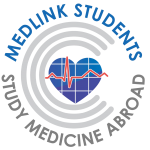
ENQUIRE NOW
Located in: Czech Republic












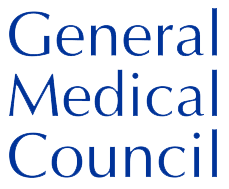





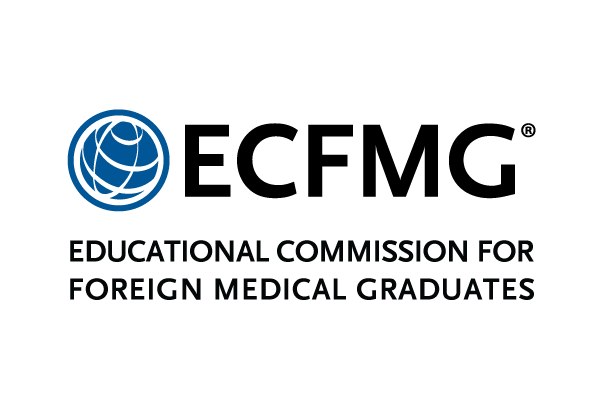



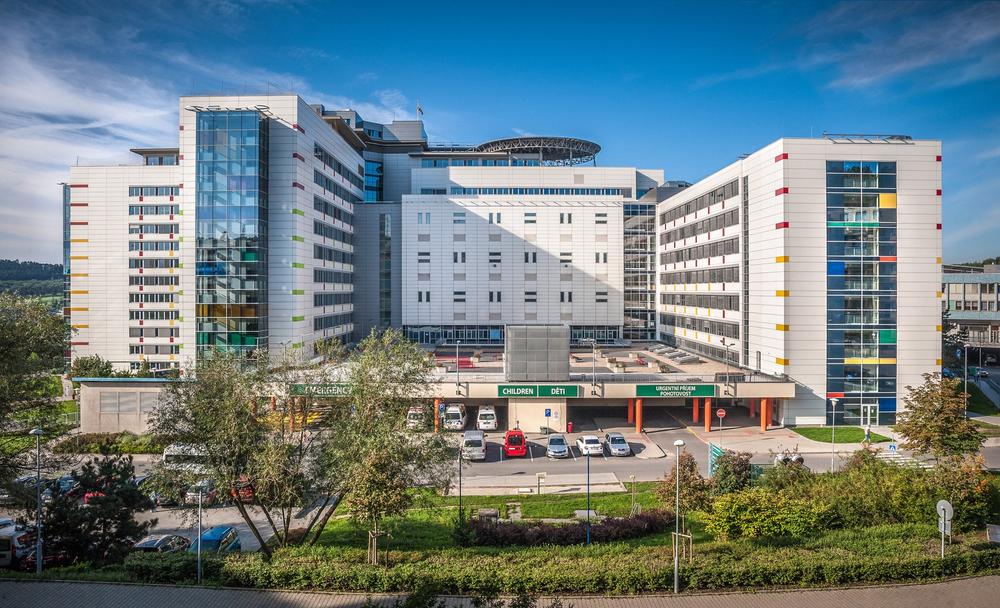

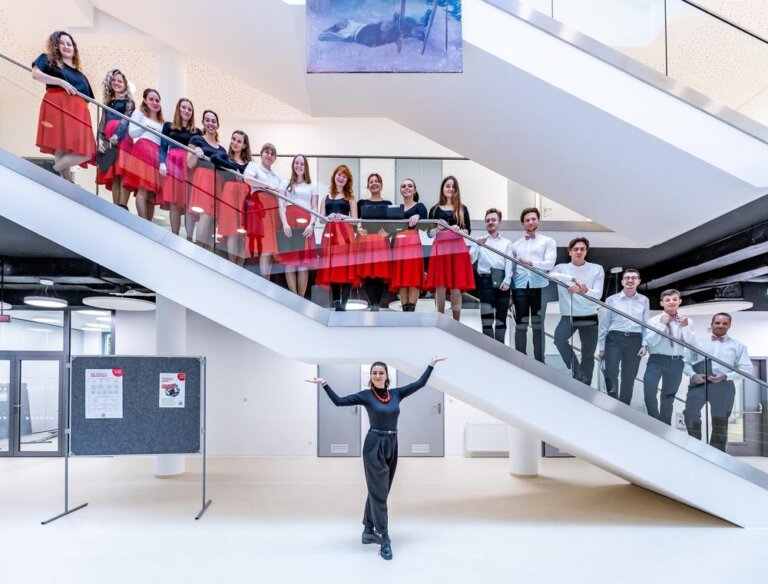

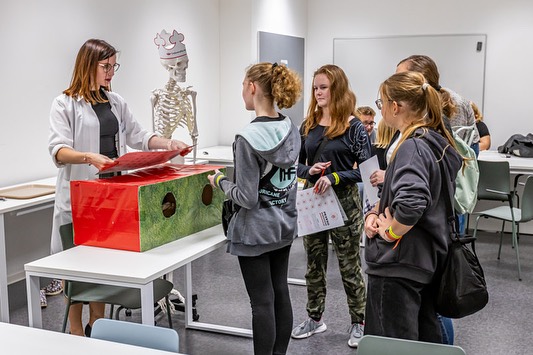

The Second Faculty of Medicine is located in Prague where the main campus of Charles University is. At this time, the faculty offers only a medicine course taught in English. The faculty is cooperating with the Motol University Hospital where many lectures and practical training are held.
Charles University was established in 1348 and nowadays has 17 faculties located in three different cities - Prague, Hradec Kralove and Pilsen. It is one of the oldest and largest Czech Universities. The university offers several undergraduate medical programmes in English.
Prague is the capital and the most populated city in the Czech Republic.
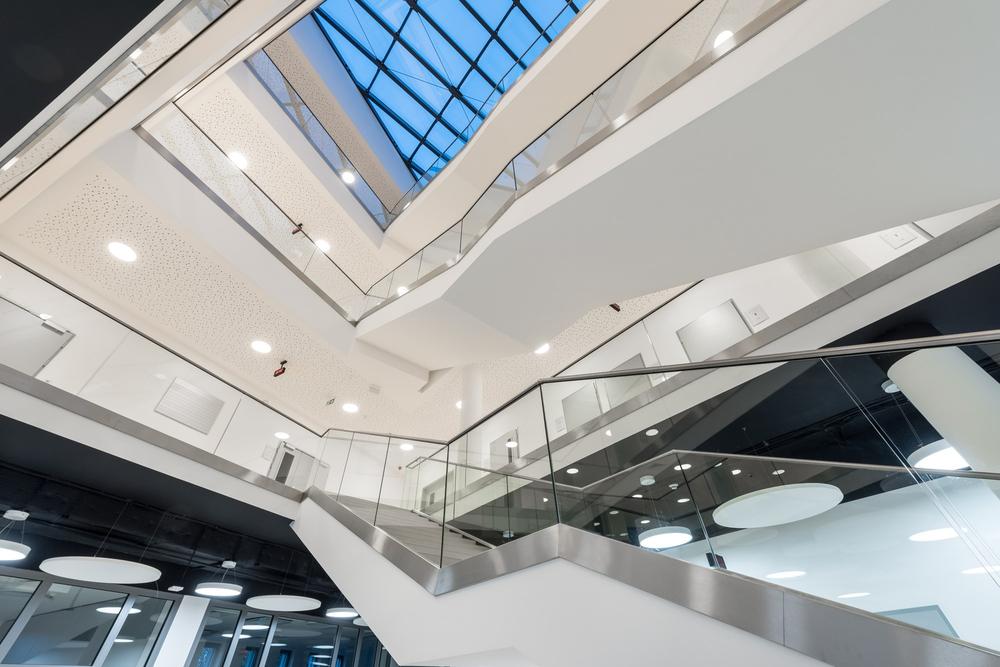

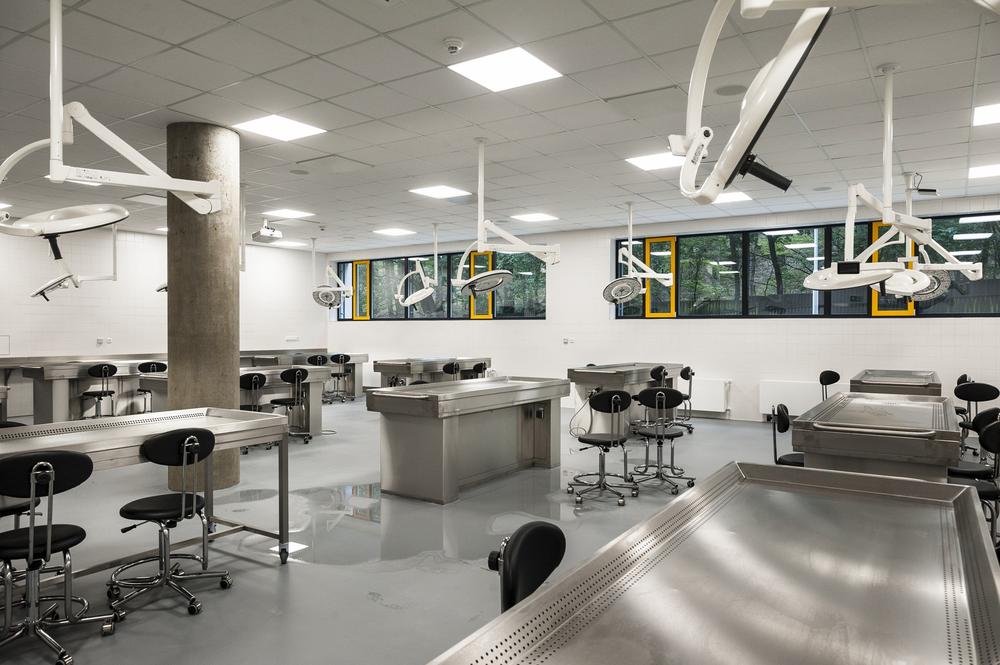

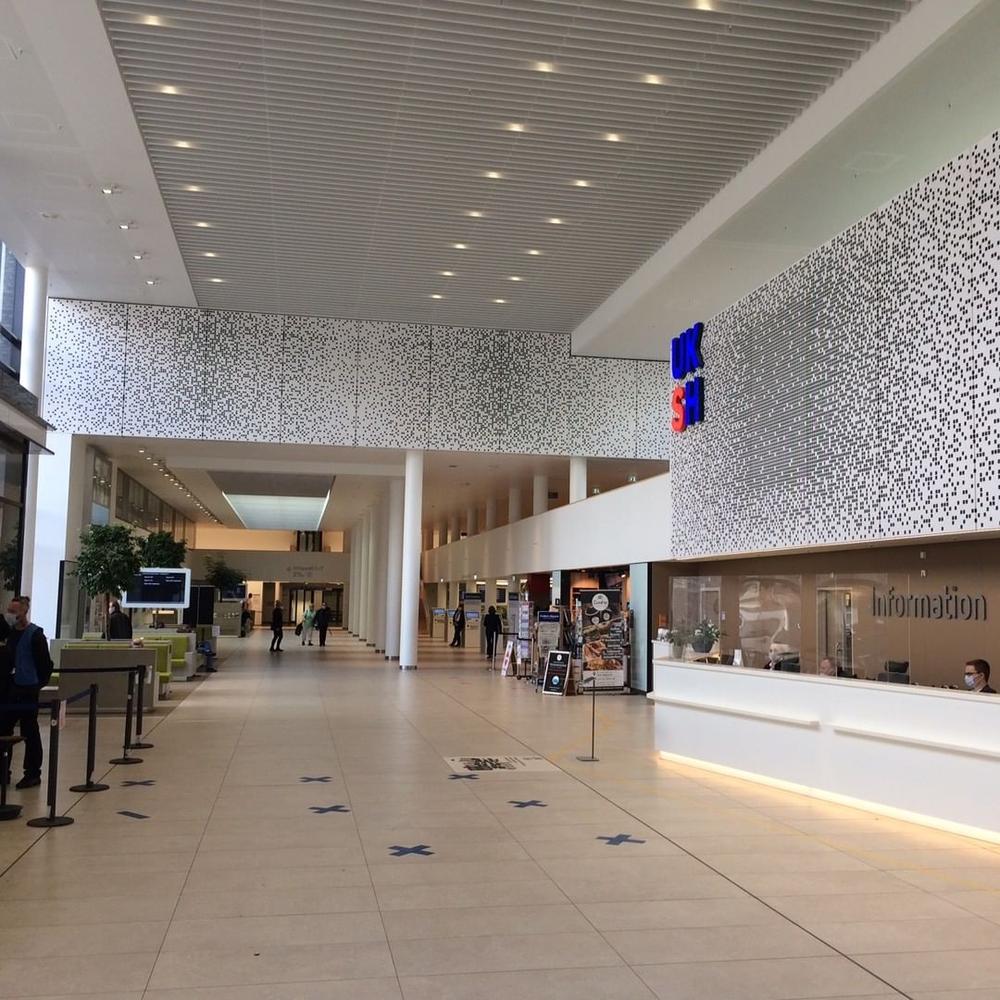

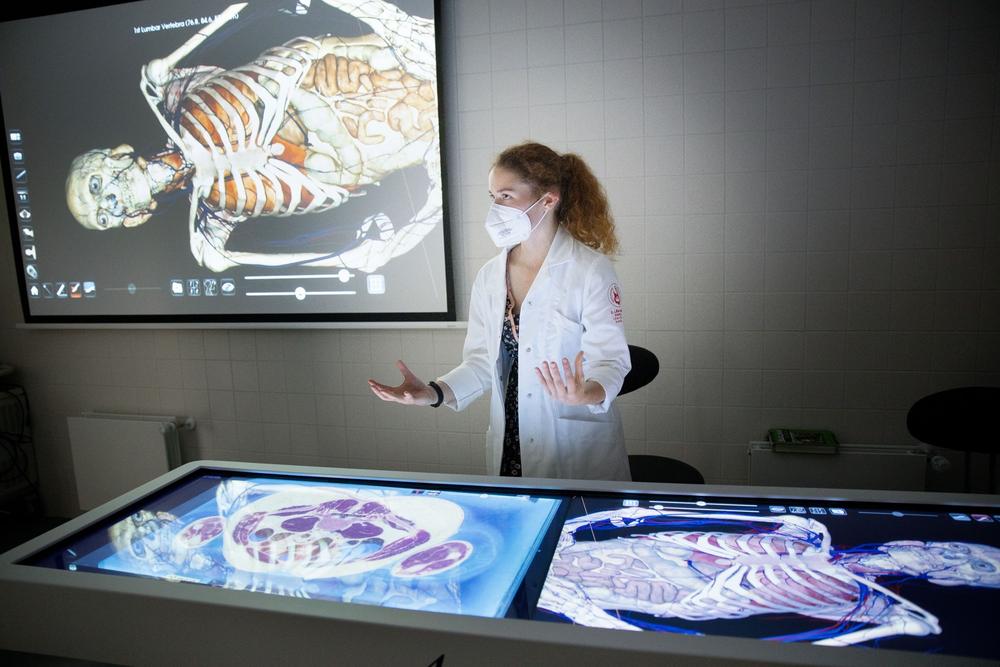

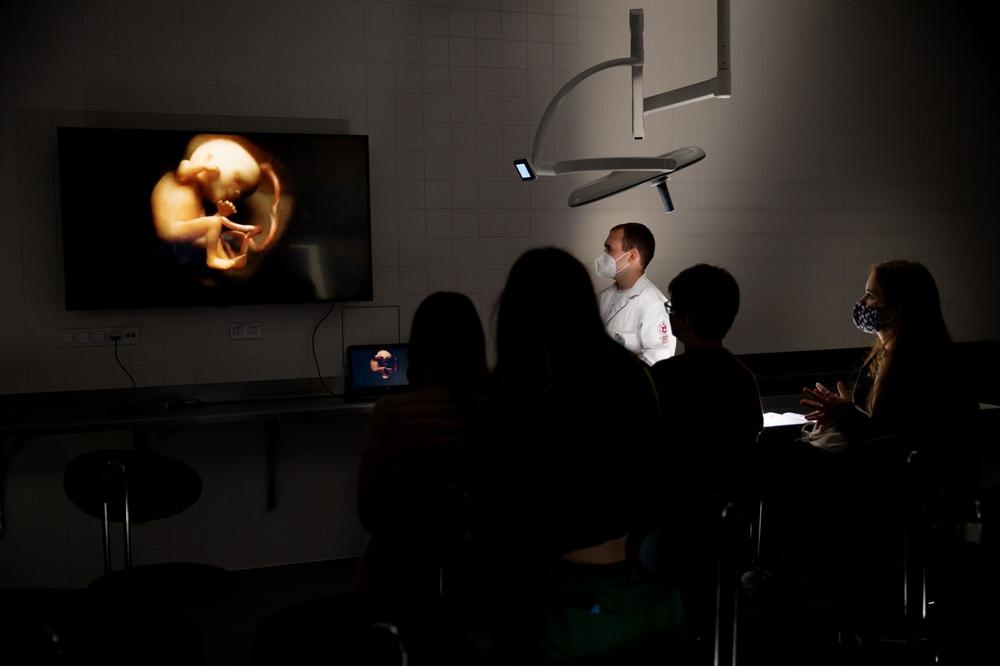

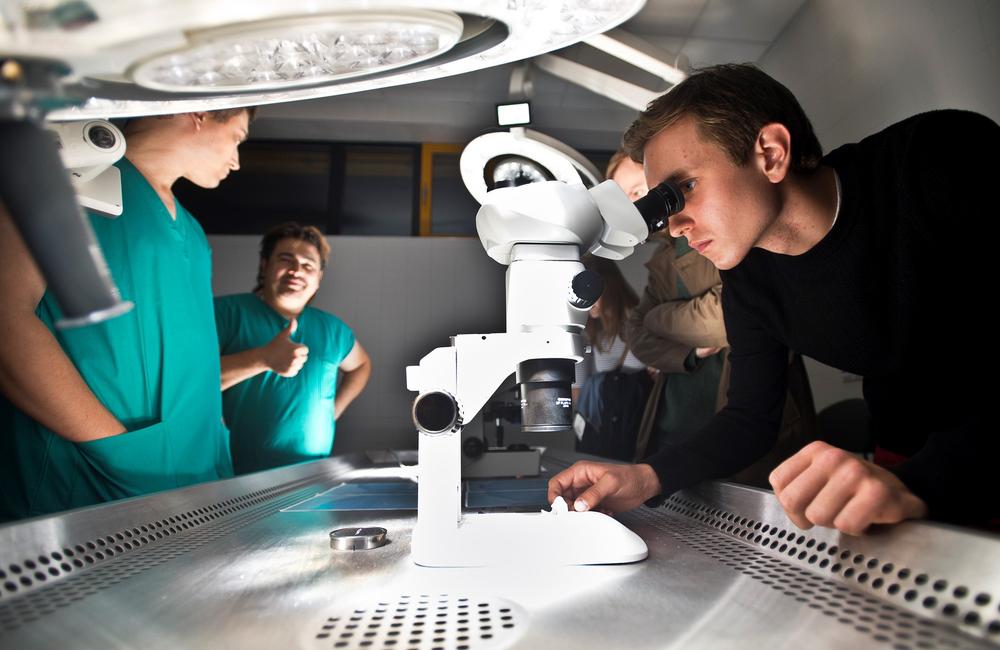

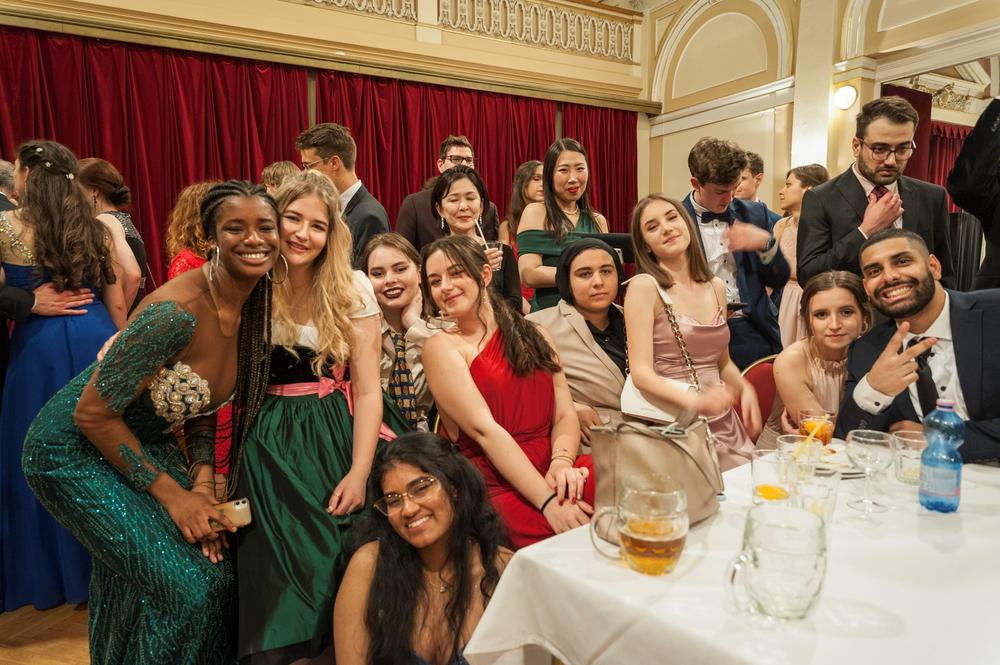

Charles University is proud to have a multicultural student body from diverse countries.
The studying process is enhanced thanks to the use of small study groups for personalised attention. Teachers allocate time for individual consultations and addressing student challenges. That encourages an open environment for questions and discussions.
That enhances the focus on creating a supportive "new family" for students during their 6 years abroad. Ideal for students who value a friendly atmosphere and direct interaction with teachers.
Charles Universit takes great care of its students and organises regular Zoom chats that offer insights from current students. The scheduled sessions happen regularly, usually once a month. On those calls, current students, including a 6th-year and a 3rd-year student, share their perspectives. This is real student experiences shared, allowing applicants to ask questions and gain diverse input.
The Medical programme consists of theoretical and practical sessions. In the first 2 years, you will mostly have lectures about the foundations of the Basic Sciences and the human body. In the following years, you will participate in clinical training programmes with real patients at a university-affiliated hospital. Also, you will be required to take summer clerkships in your home country or anywhere else you choose.
Since it can sometimes be difficult to find a teaching hospital for your clerkships, many European Universities, including Charles University, take care of that instead of students. The clinics and hospitals that cooperate with them are happy to welcome every student.
The first 3 years of the programme focus on theoretical subjects, including anatomy, histology, and biology, often abbreviated as AHE. Subsequently, the next 3 years shift the focus to clinical subjects. Importantly, students engage with actual patients right from the 1st year, thanks to practical classes and an introduction to clinical medicine.
By the 3rd year, students participate in Czech language classes in hospital settings, providing valuable exposure to real patients. Located in the largest hospital in Central Europe, the small yet impactful faculty ensures that students have plenty of opportunities to interact with patients and gain hands-on experience. The hospital handles the most challenging cases, allowing students to encounter and work on diagnoses that may be uncommon.
Neurology module in the 5th year: 3 weeks in the adult section and 2 weeks in the children's section, but the graduates are not obligated to choose paediatrics as their field. During the studies, students take advantage of Anatomash, a virtual dissection table, alongside real cadavers.
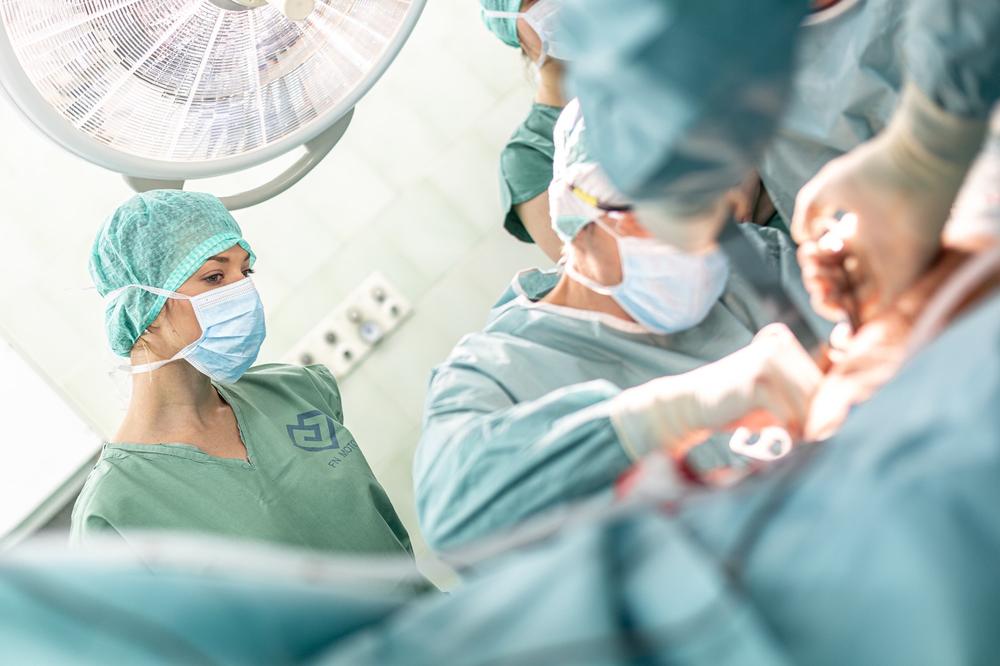

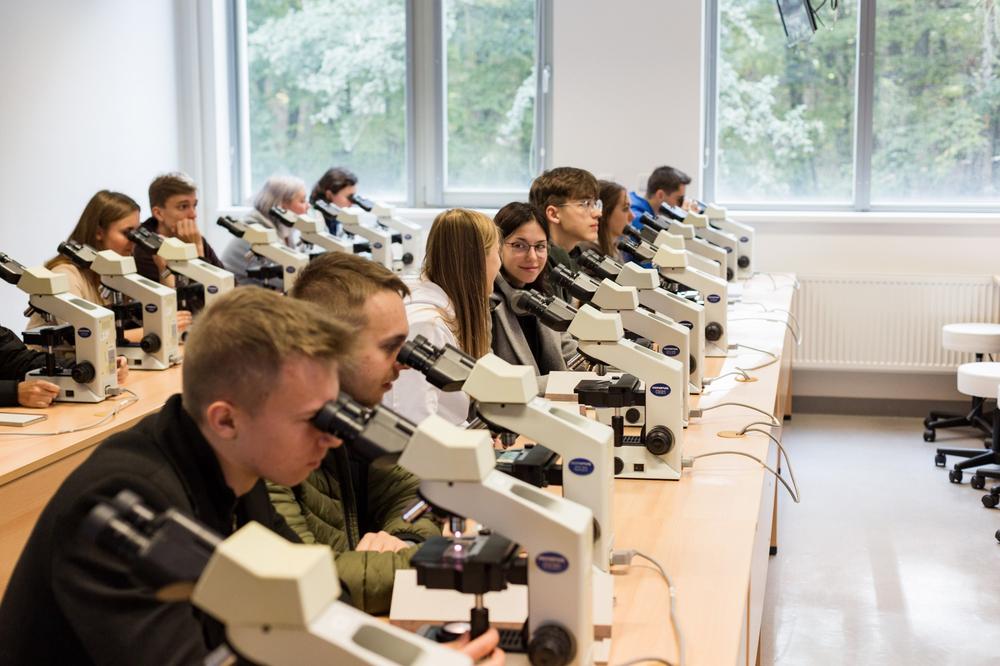

The hospital ranks among the best, if not the best, in the Czech Republic, ensuring a high standard of medical care. The quality of science at the faculty is exceptional, allowing students to participate in research right from the start. Students interested in subjects like physiology, pathophysiology, or anatomy can approach teachers to engage in research projects early in their academic journey.
Notably, the university offers students a unique opportunity to be involved in scientific research during their studies. With a previous focus on paediatrics, the faculty maintains a special emphasis on specific paediatric disciplines. While the general medicine programme aligns with international standards, the 2nd Faculty of Medicine at Charles University stands out for its emphasis on early student involvement in scientific research.
This faculty doesn’t offer a graduate entry pathway but accepts student transfers.
The Second Faculty of Medicine is located at V Úvalu 84, 150 06 Prague 5, Czech Republic.
Contact us now for FREE to learn more about your options for studying here.
Students are given the opportunity to organise internships, termed summer practice and general medical practice, in their home countries. However, this initiative requires independent arrangements, often using existing contacts in the students' home countries. In case of difficulties, the faculty offers support in arranging internships in Prague.
Students are also given the opportunity to join internships within the Erasmus framework and through the International Federation of Medical Students in various global locations.
Commonly used for internships in the US, this initiative aids students interested in working there after graduation.
The MD course lasts 6 years and the annual tuition fees are around .
The entry requirements for the admission ranking are based on your secondary school graduation certificate and your results on the entrance exam. The exam consists of 60 questions from Biology, Physics, Chemistry and Logic. Each subject has 15 questions. Applicants have 75 minutes to complete the test.
Applicants who achieve high results in the written part will be invited for the second part of the entrance exams - the interview. Its purpose is to evaluate your English proficiency and skills to discuss and defend your opinion.
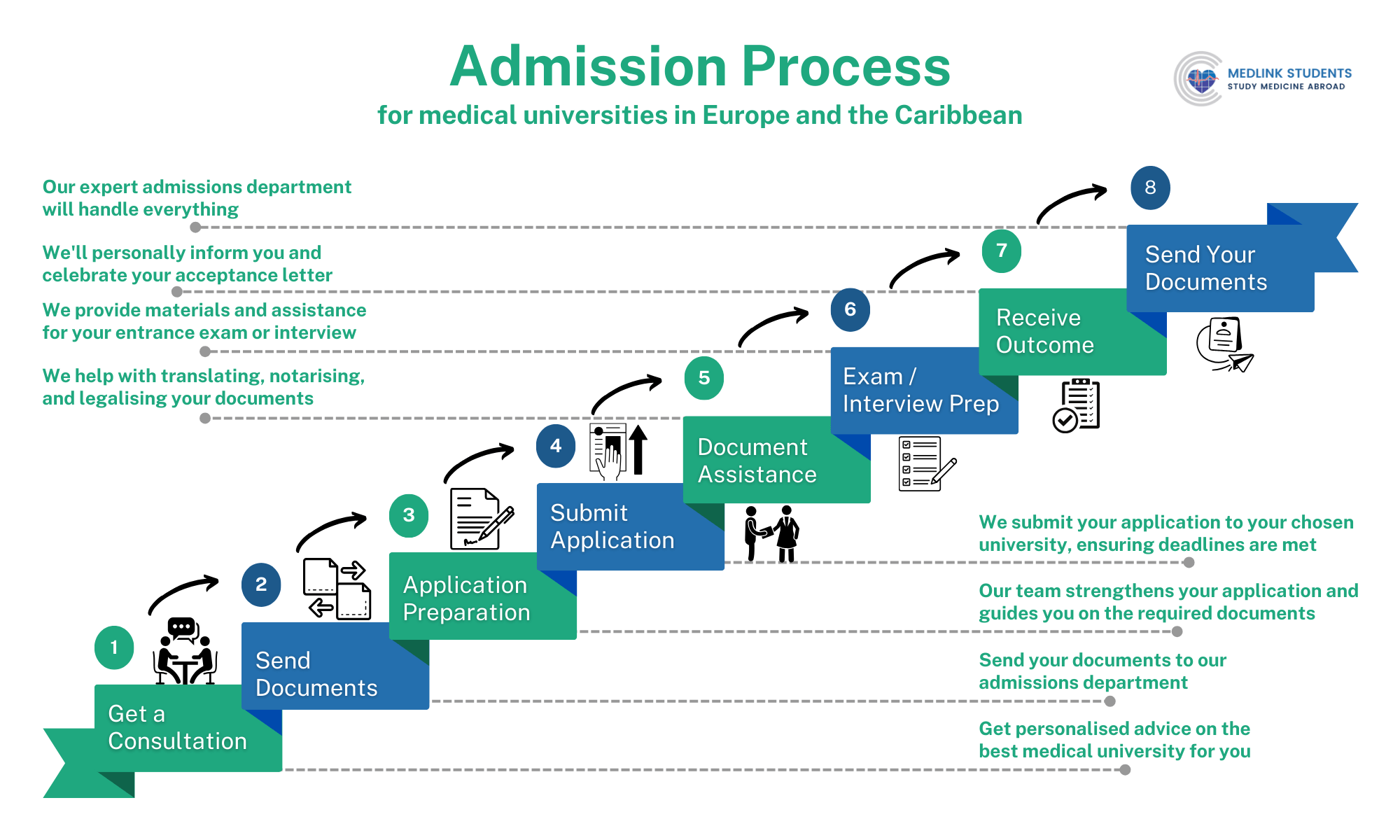

The competition for admission to Charles University Second Faculty of Medicine is absolutely fierce, and navigating the application process alone can be confusing and challenging. The university has strict application requirements and legal procedures that must be fulfilled, as well as submitting specific documents that require translation, notarisation, and legalisation. Failure to meet these requirements will lead to your application getting turned down. However, our outstanding admissions team, which is known as the best in Europe, is here to offer comprehensive support. We can manage the entire application process, ensuring thorough handling of all legal formalities. Furthermore, our strong partnership with Charles University gives us a deep understanding of their application process and entrance exam. We provide full assistance throughout the application journey, ensuring that you present an exceptional submission that guarantees getting accepted to this prestigious medical school. Additionally, our excellent preparatory materials will thoroughly prepare you for the challenging entrance exam, giving you everything you need in order to conquer it. With Medlink Students by your side, you can sidestep the confusing part about applying to study medicine abroad and concentrate on the most important thing - getting ready for the entry examination.
The university is offering certain students with outstanding academic credentials the possibility of exemption from the entrance examination. Contact us now for the criteria under which a possibility of exemption will be offered.
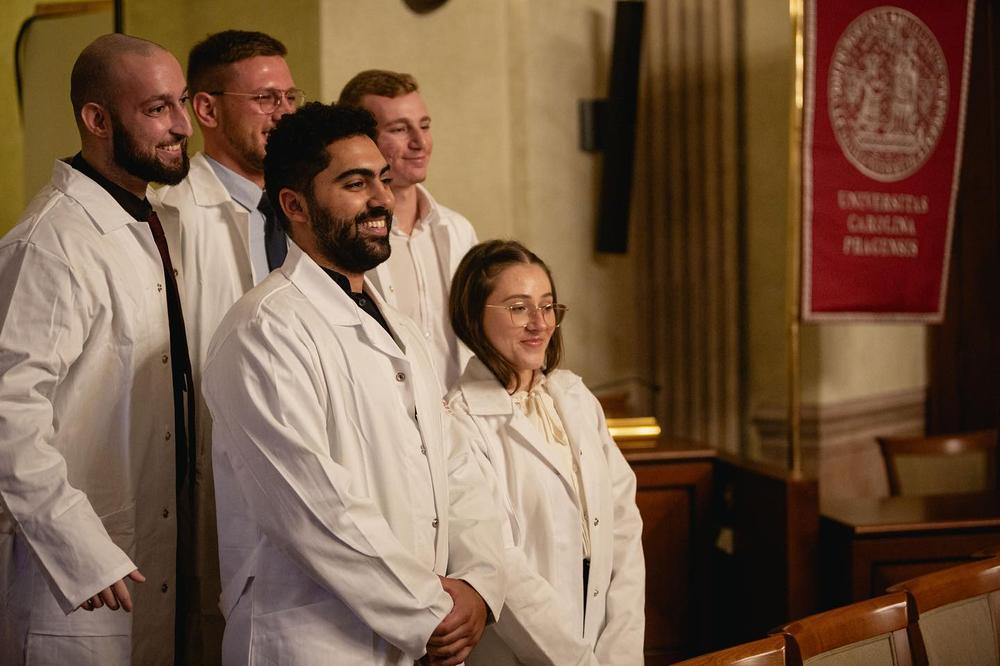

Previous experience with online exams during COVID led to suboptimal outcomes that added to the strong belief in the importance of personal presence in entrance exams and asserted that Zoom interactions cannot replicate the same experience.
That is why Charles University requires applicants to travel to Prague for the entrance exam.
Below are the detailed transfer criteria. However, you can get additional information by simply contacting us, and one of our advisors will help you with any questions you may have.
In short:
Exam dates in Prague are at the end of May and end of June, providing flexibility for applicants to visit.
The university organises tours for students and their families on the day of the entrance exam, offering applicants a glimpse into the faculty and the city.
Exam prices are the same, no matter when or where the exam is held.
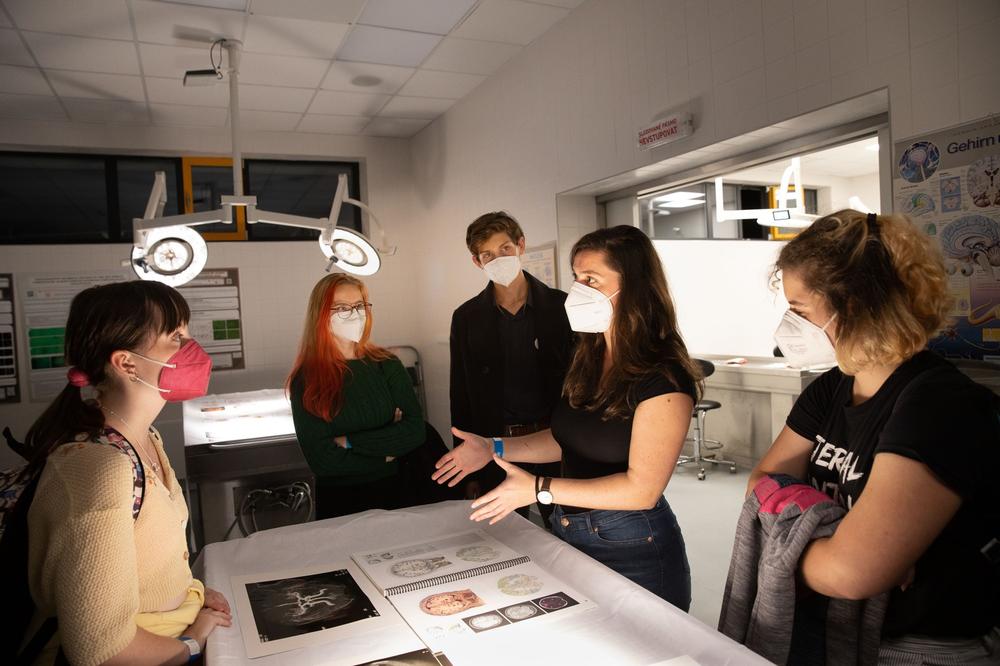

A new admission option is being introduced for the next academic year. No entrance exam will be needed, and admission will be based on IB or SAT results. Details available with Medlink Students advisors.
Written-test
The written test consists of 75 questions, each with four answers, making it a challenging multiple-choice format. Questions have multiple correct answers for most questions except logic. Success in the written part indicates preparedness for the demanding field of medicine. Successful candidates proceed to the oral interview, a brief meeting with three faculty members. An oral interview involves answering questions provided on small papers.
Oral Interview:
Applicant selects one paper with two ethical questions unrelated to sciences but pertinent to medicine (e.g. cloning, mapping the human genome, euthanasia).
Evaluation is based on English proficiency and ability to express opinions and defend them, often facing questions from the committee.
Points earned from both written and oral parts determine admission, with no set limit on the number of seats.
Admission is not competitive against other applicants; success depends on individual knowledge and points attained.
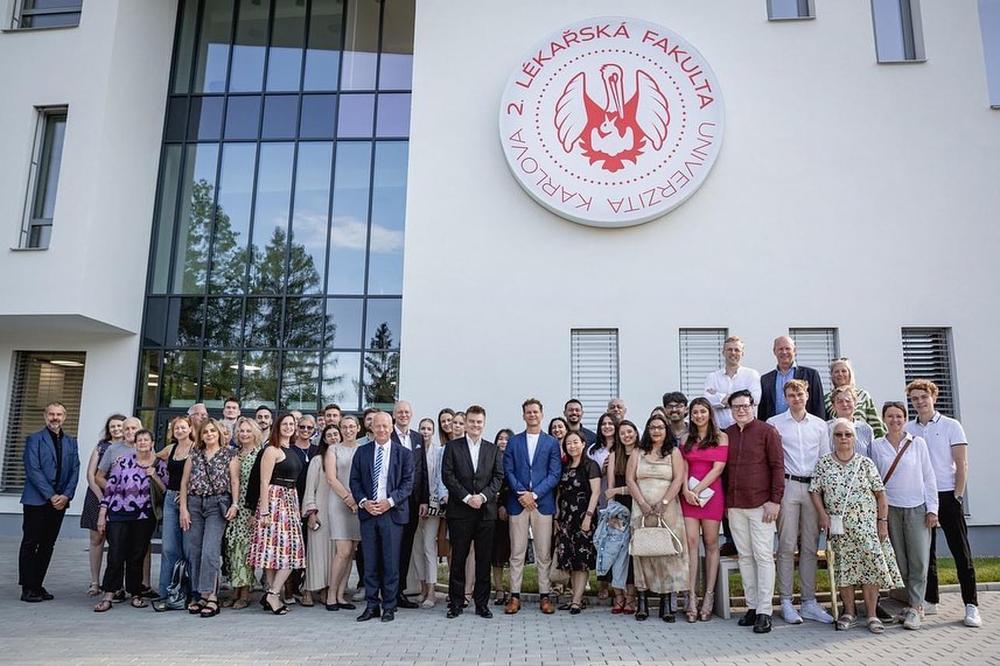

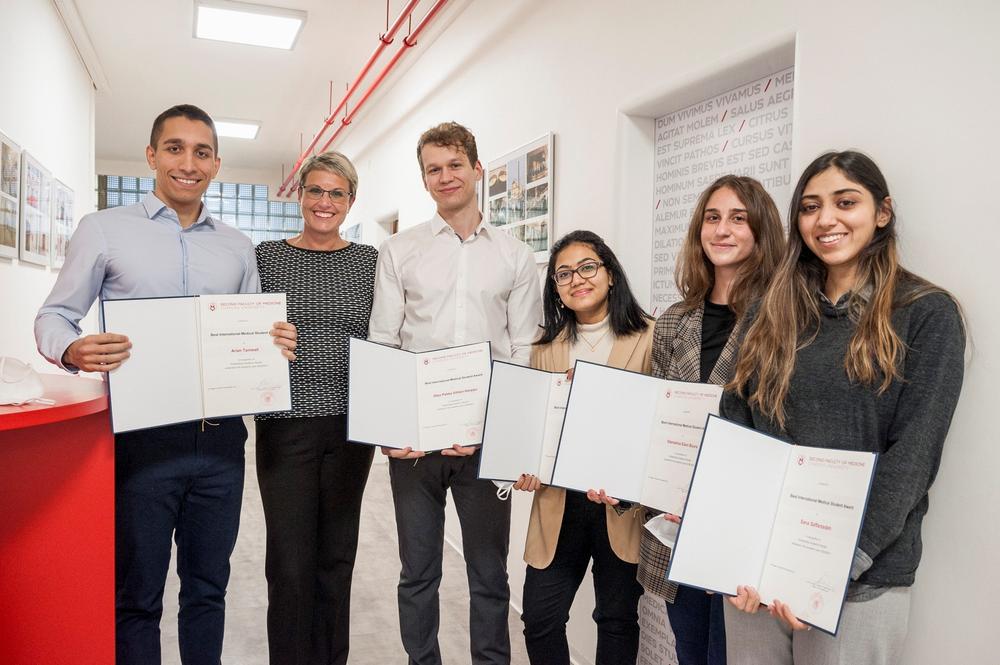

All of the medical faculties at Charles University are recognised by the World Health Organisation and are listed in the World Directory of Medical Schools.
Graduates here receive a globally recognised diploma, which gives them the right to continue their studies to a higher degree or start practising everywhere around the world.
There are 11 dormitory buildings in Prague that belong to Charles University. They offer low-cost prices but well-equipped rooms and facilities. On the first floor of each building, you can find a vending machine for snacks, coffee, and tea.
The rooms are single, double and triple. They are furnished with beds, desks, chairs, wardrobes, shelves and wardrobes. There are private bathrooms and heating systems. The kitchens and washing rooms are shared.
Other areas you can find in the dorms are study rooms and gyms, and somewhere you can even find small markets in the building. The monthly rent for a bed in the dorm is around , including utilities and using the facilities in the building. Catering services are also offered but not included in the rent, and you must pay separately if you want to use it.
Renting your own one-bedroom flat in Prague costs between and , based on the location. Some additional expenses like food, transportation and utilities, will cost you around per month.
Living costs vary based on accommodation choice, with university dormitories generally more affordable than rented apartments.
Personal expenses can be influenced by factors such as cooking ability and dining preferences.
Annual public transport pass in Prague priced at after a student discount.
Living costs are relatively affordable compared to other countries.
Dormitory rent is estimated at around per month, offering a budget-friendly housing option.
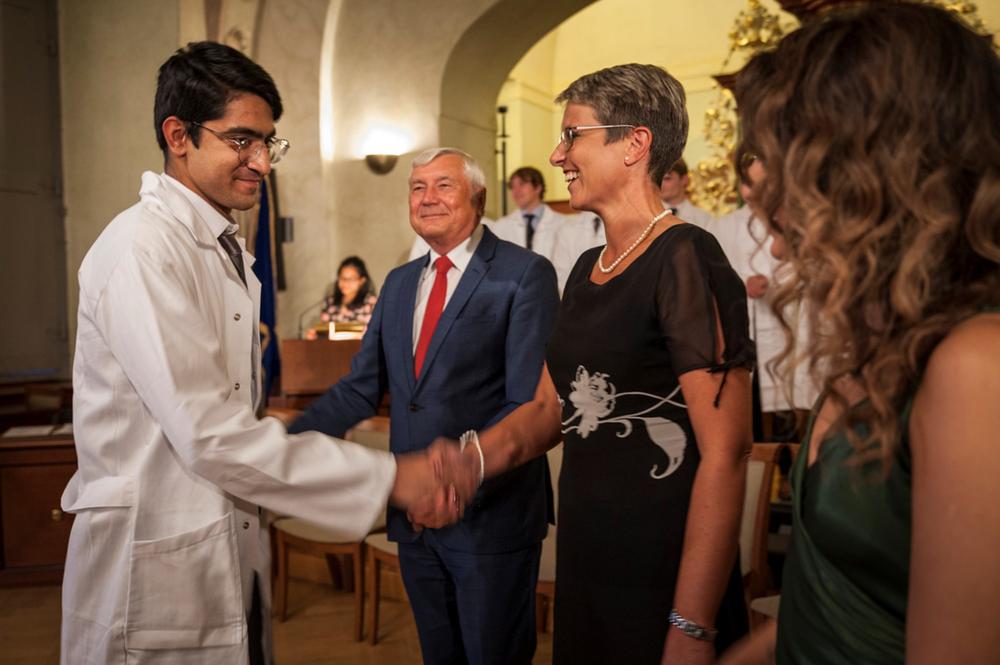

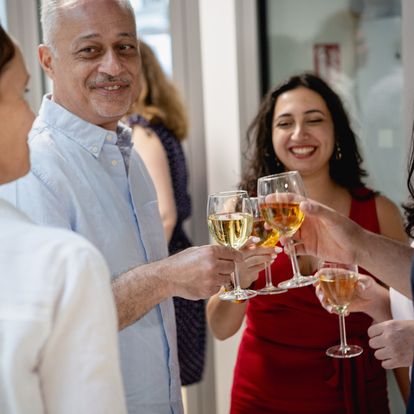

From faculty team celebrations to dancing group events and graduation ceremonies, campus life can be amazing. Located in the stunning city of Prague, the campus offers a comfortable lifestyle. With excellent and affordable public transport, students can easily navigate the city. Prague provides a wealth of amenities, including restaurants, pubs, and libraries. While the second faculty may not be as large as the first faculty, our close-knit community can become a second family to students.
Beyond academic support, the faculty offers a proactive approach to students' overall experience. Each international student has a dedicated coordinator who addresses everyday needs and concerns. Students can get assistance with various tasks, from finding local shops to handling unforeseen situations. They have direct contact with the coordinator, including a provided phone number for immediate assistance.
Students affectionately refer to the coordinator as their "Czech mom." They have a pre-arrival meeting on Zoom in August to guide students on practical aspects of arrival and settling in. This includes assistance with purchasing airport tickets, navigating to the dormitory, and interacting with dormitory staff.
Charles University has flexible arrangements to accommodate late arrivals, ensuring students can start their studies even if something urgent has delayed them.
Additionally, the university acknowledges the advantages offered by agencies in assisting admitted students with visa applications.
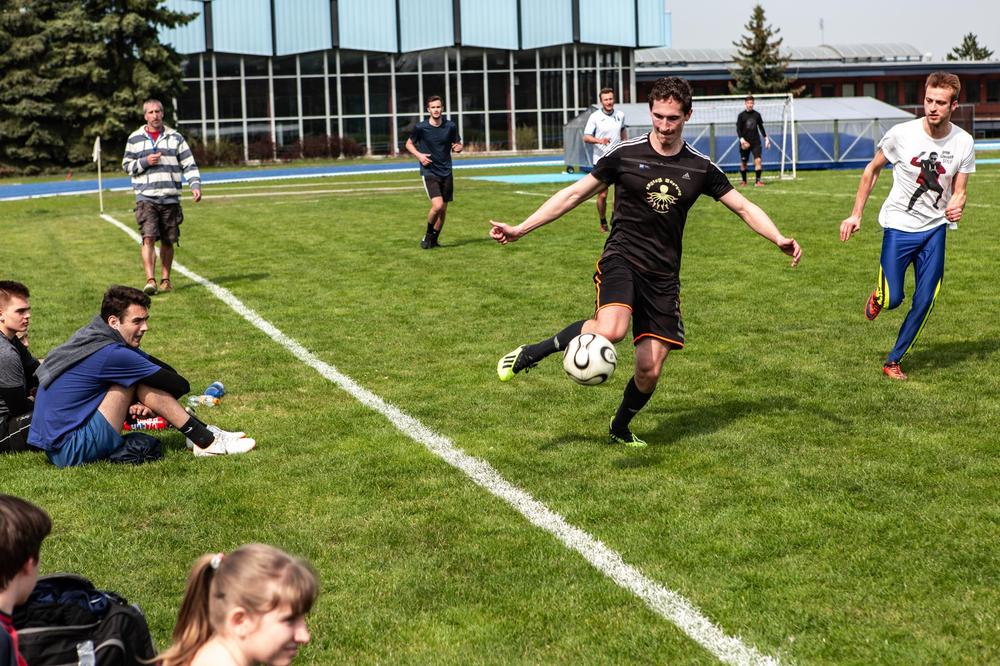

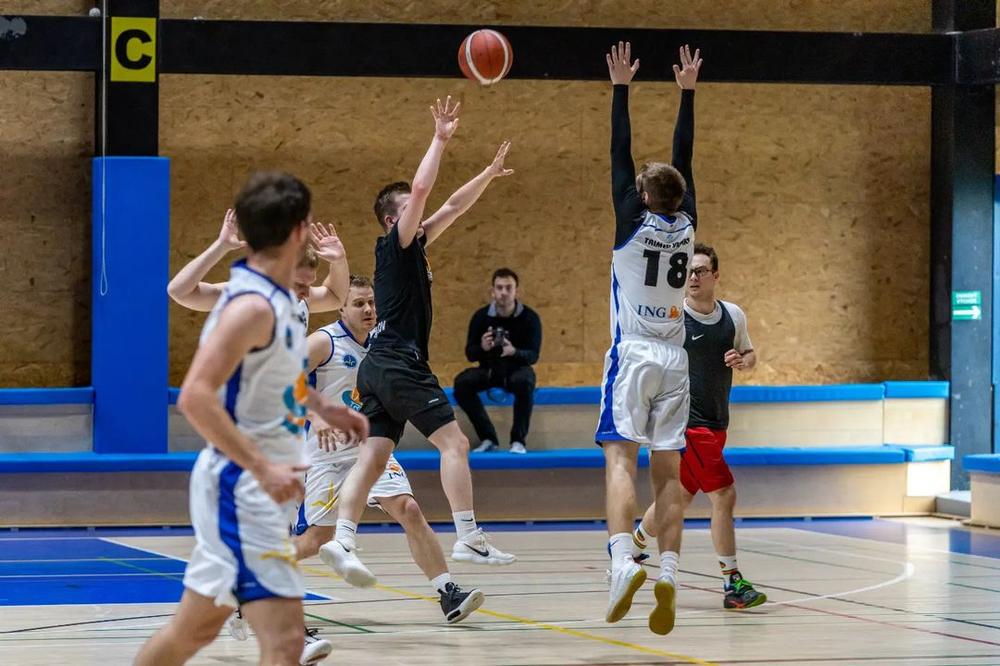

Students are offered a wide range of cultural and sports activities. Additional medicine-related workshops, such as suturing, crash car simulations, and a first aid course, are also available.
The Association of International Students provides a buddy programme that organises sports, cultural events, and tutoring, which ensures various ways for students to stay connected and avoid feeling lonely.
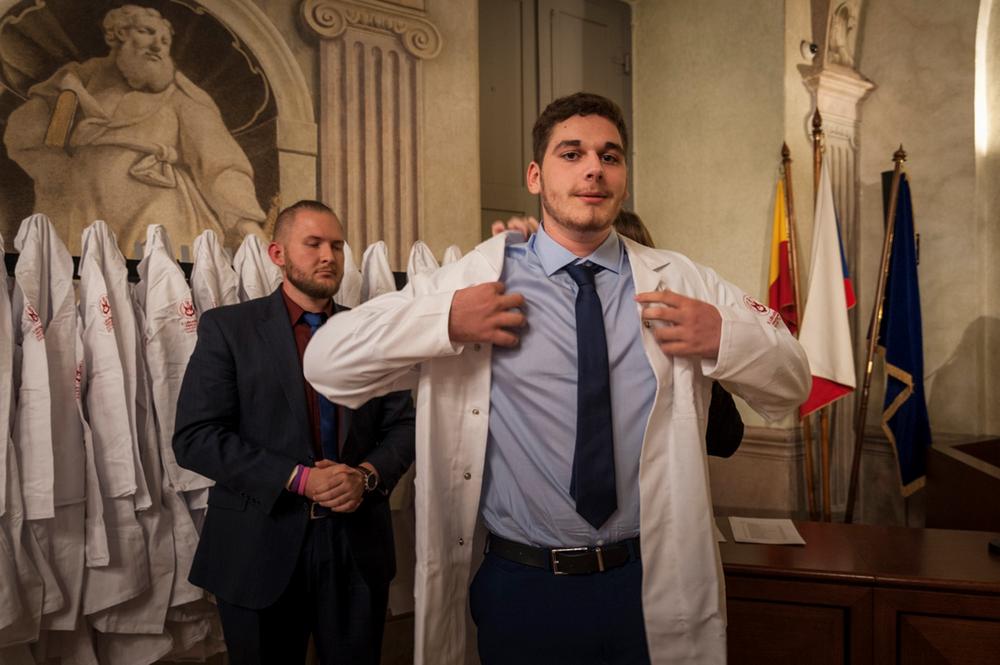

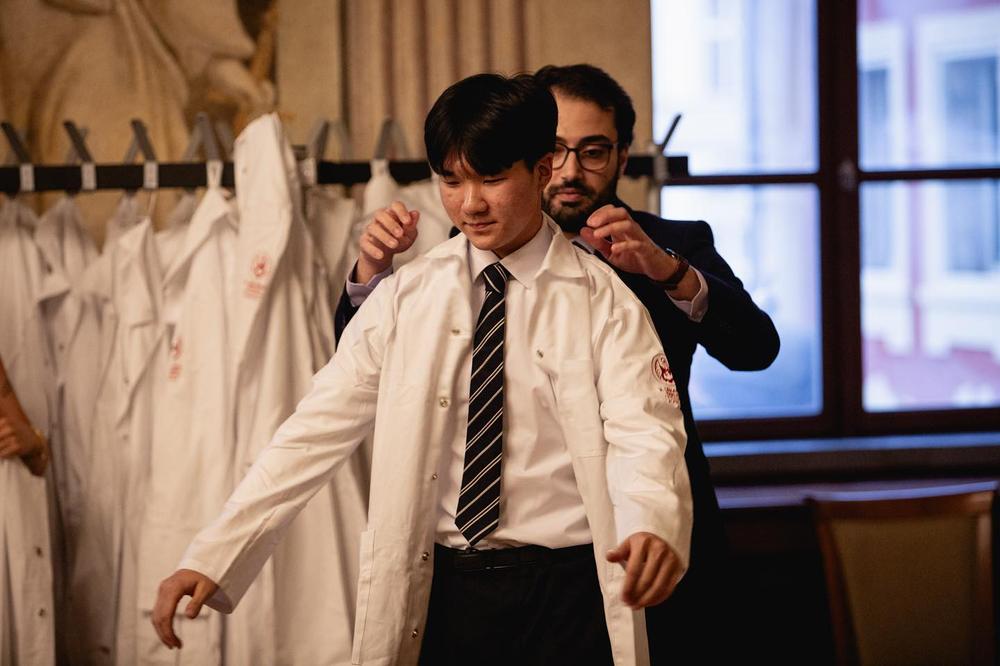

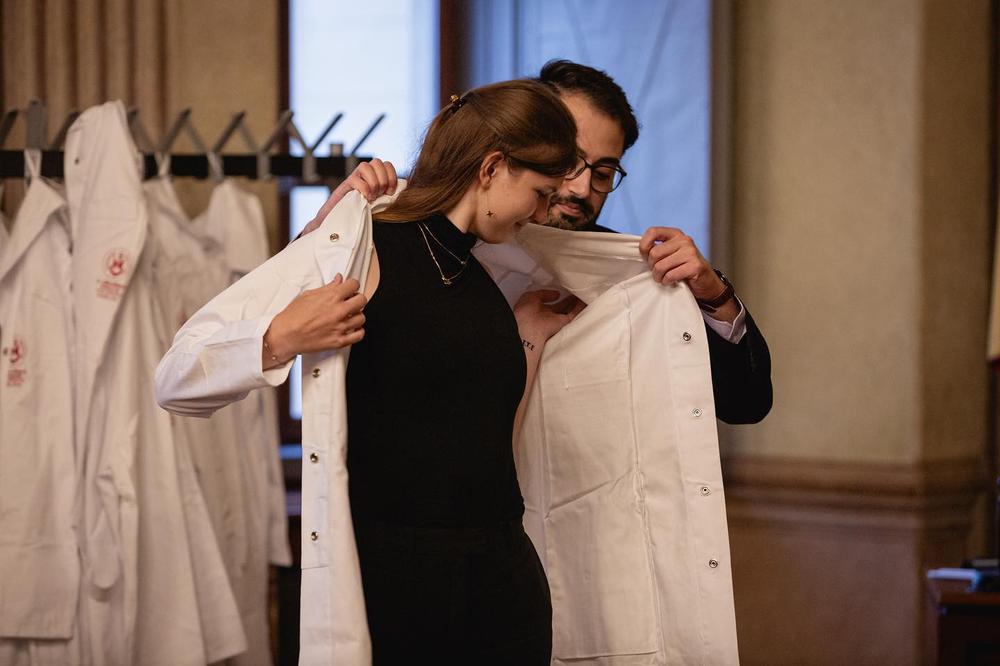

Exclusive to the Second Faculty of Medicine, there is a Freshers Week organised to assist newcomers in settling into a foreign country. It includes Intensive check-ins in the mornings and a variety of afternoon activities and tours. The week is being coordinated with the help of upper-year students to provide a supportive start. It concludes with a White Coat Ceremony, where new students receive their first white coat with the faculty emblem. Parents are also invited to meet faculty representatives, ensuring transparency and support. This shows that the faculty management recognises the importance of balancing studies with community-building and orientation activities.
The academic year starts at the beginning of October, and the winter semester lasts until mid-January. The examination session is from the end of the semester until mid-February.
The summer semester starts after the winter exams and finishes at the end of May, followed by a one-month examination period.










The Charles University Second Faculty of Medicine is located in Prague, Czech Republic, a city famous for its beautiful buildings, safety, and rich medical traditions.
Students get world-class clinical training at Motol University Hospital. The faculty emphasizes a hands-on approach, enabling students to get practical experience early in their studies.
The faculty provides a number of student clubs and groups which appeal to a wide range of interests and provide a well-rounded educational experience.
Yes, the curriculum of Charles University Second Faculty of Medicine is in line with GMC criteria, enabling graduates to practice as doctors in the UK. Furthermore, the course is recognised by the Medical Board of California, which creates work opportunities in the United States.